
Ultimate Guide to Buying Solar Fence Lights: Everything You Need to Know
Share
Table of Contents:
- Introduction to Solar Fence Lights
- Key Benefits of Solar Fence Lights
- How Do Solar Fence Lights Work?
- Factors to Consider Before Buying Solar Fence Lights
- Types of Solar Fence Lights Available
- How to Install Solar Fence Lights
- How to Maintain and Maximize the Lifespan of Solar Fence Lights
- Comparing the Best Solar Fence Lights on the Market
- Conclusion
1. Introduction to Solar Fence Lights

Solar fence lights are an excellent choice for homeowners looking to enhance their outdoor spaces with minimal cost and effort. These lights harness the power of the sun to provide automatic, energy-efficient lighting for gardens, pathways, or fences. Whether you want to add a touch of elegance to your garden or improve security around your property, solar fence lights are a reliable and eco-friendly solution.
In this guide, we’ll walk you through the important factors to consider when buying solar fence lights, including their advantages, installation tips, and the best options available in the market today.
2. Key Benefits of Solar Fence Lights
Solar fence lights come with many benefits that make them an attractive choice for outdoor lighting. Let’s take a look at the most compelling reasons why they’re worth considering:
1. Energy Efficiency
Since solar fence lights are powered by sunlight, they don’t require electricity from your home’s power grid. This makes them highly energy-efficient and reduces your electricity bill. On average, solar lights can save you 50% or more on your lighting costs each year.
2. Cost Savings
Once installed, solar fence lights cost very little to maintain. You won’t need to worry about monthly electricity bills, and many models last up to 10 years, which can significantly reduce the cost of ownership compared to traditional electric lights.
3. Eco-Friendly
Using solar energy reduces your carbon footprint since these lights don't rely on fossil fuels or the power grid. Solar fence lights are powered by a renewable source of energy, making them a greener alternative to traditional outdoor lighting options.
4. Low Maintenance
Solar fence lights require very little upkeep. Unlike traditional electric lights, there are no wires to install or bulbs to replace frequently. A simple clean of the solar panel every few months ensures optimal performance. The lights also automatically turn on at dusk and off at dawn, so you won’t need to worry about manually switching them on and off.
3. How Do Solar Fence Lights Work?
Understanding how solar fence lights work can help you maximize their effectiveness. These lights are designed with built-in solar panels, which collect sunlight during the day and store it in rechargeable batteries. At night, the stored energy powers the light, which is activated by a motion sensor or automatic dusk-to-dawn setting.
Here’s a breakdown of how they function:
- Solar Panel: Converts sunlight into electrical energy and stores it in a battery.
- Battery: Stores the energy collected during the day to power the light at night.
- Sensor: Detects motion or the time of day to trigger the light, ensuring it only activates when necessary.
With a full charge, solar fence lights can work for up to 8-12 hours depending on the battery capacity and light usage.
4. Factors to Consider Before Buying Solar Fence Lights
When buying solar fence lights, there are several important factors to keep in mind to ensure you get the best value and performance. Here are the key considerations:
1. Light Intensity (Lumens)
Lumens measure the brightness of the light. For a garden fence, 50-100 lumens might be enough for decorative purposes, but for security, look for lights that offer at least 200-300 lumens. The brighter the lumens, the more effective the light will be at illuminating your fence.
2. Battery Life and Capacity
Battery life is crucial for ensuring that the lights stay on throughout the night. High-quality solar fence lights use rechargeable lithium-ion batteries, which tend to last longer and charge faster than traditional battery types. Check the battery capacity (measured in mAh) to ensure it can power the light for several hours.
3. IP Rating for Weather Resistance
The IP (Ingress Protection) rating indicates how well a light can withstand dust, moisture, and outdoor conditions. A good solar fence light should have at least an IP65 rating, meaning it’s dust-tight and resistant to water jets. Higher IP ratings ensure the light’s durability in harsh weather conditions.
4. Motion Sensor vs. Dusk-to-Dawn
Some solar fence lights are equipped with motion sensors that activate the light when movement is detected. This is ideal for security. On the other hand, dusk-to-dawn lights turn on automatically when the sun sets and turn off at sunrise. Motion sensor lights save energy, while dusk-to-dawn lights provide continuous illumination.
5. Types of Solar Fence Lights Available
There are several types of solar fence lights available, each offering different features and designs. Here’s a quick look at the most common types:
1. Solar Post Lights
These are typically installed on top of fence posts and are often used for decorative purposes. They provide a subtle glow and can create a beautiful ambiance.
2. Solar Wall-Mounted Lights
Wall-mounted solar lights are fixed to the side of a fence or wall. They offer a more focused light and can be ideal for areas that need more direct illumination.
3. Solar String Lights
Solar string lights are often used for decorative purposes, wrapping them around fences, pergolas, or garden areas. They create a soft, ambient glow that adds charm to outdoor spaces.
4. Solar Lantern-Style Lights
Lantern-style solar lights are often used for a more vintage or rustic look. These lights tend to offer a warm, soft glow and are perfect for adding character to your outdoor space.
6. How to Install Solar Fence Lights
Installing solar fence lights is relatively simple, and you can easily do it yourself. Here’s a quick guide:
- Choose a Sunny Location: Ensure the solar panels receive adequate sunlight during the day. Avoid placing lights in shaded areas.
- Mark Placement: Decide where you want the lights and mark the spots on your fence.
- Mount the Lights: Use the included mounting hardware or screws to attach the lights securely to your fence or posts.
- Position the Solar Panels: Ensure the panels are facing the sun for optimal charging.
- Test the Lights: Turn on the lights and check the illumination at night.
7. How to Maintain and Maximize the Lifespan of Solar Fence Lights
To ensure your solar fence lights continue to perform at their best, proper maintenance is key. Here are some tips to maximize their lifespan:
- Regular Cleaning: Clean the solar panels every few months to remove dirt and debris that might block sunlight. A soft cloth and water should do the trick.
- Check the Batteries: Over time, batteries lose capacity. Replace them every 1-2 years to maintain performance.
- Store for Winter: If you live in a region with harsh winters, consider storing the lights indoors during the off-season to protect them from extreme cold.
8. Comparing the Best Solar Fence Lights on the Market
Here’s a comparison of some top-rated solar fence lights based on features, pricing, and user reviews:
| Product Name | Lumens | Battery Life | IP Rating | Key Features |
|---|---|---|---|---|
| LITOM Solar Fence Lights | 200 | 8-12 hours | IP65 | Durable, wide-angle coverage, energy-efficient |
| Aootek Solar Motion Sensor Lights | 120 | 12 hours | IP65 | Adjustable brightness, motion sensor, reliable |
| Baxia Technology Solar Lights | 200 | 10 hours | IP65 | High-sensitivity motion detection, weather-resistant |
| Maxsa Innovations Solar Lights | 140 | 8 hours | IP44 | Compact design, easy installation, affordable |
| Gama Sonic Solar Lanterns | 300 | 10-12 hours | IP65 | Ultra-bright, stylish, perfect for larger outdoor areas |
9. Conclusion
Solar fence lights are a cost-effective, eco-friendly, and secure solution for illuminating your outdoor space. By considering factors like light intensity, battery life, and weather resistance, you can choose the best lights to fit your needs. With proper installation and maintenance, solar fence lights can provide years of efficient and reliable lighting for your fence and garden areas.
FAQ
1. Are solar fence lights worth it?
Yes, solar fence lights are worth it for many homeowners as they offer energy-efficient, eco-friendly lighting solutions. They provide ambient illumination along fences and can enhance outdoor security, making them a valuable investment for both aesthetics and safety.
2. How long do solar fence lights last?
On average, solar fence lights can last anywhere from 2 to 5 years, depending on the quality of the materials and the environment. High-quality models with durable batteries and proper maintenance can extend their lifespan.
3. Can you put solar lights on a fence?
Yes, solar lights are ideal for fences, as they can be easily mounted on top or along the posts. These lights charge during the day using sunlight and automatically turn on at night, providing convenient outdoor lighting.
4. Do solar fence lights work at night?
Yes, solar fence lights are designed to work at night. They store energy from sunlight during the day and automatically activate when the sun sets, providing reliable illumination throughout the night.
Related Articles:


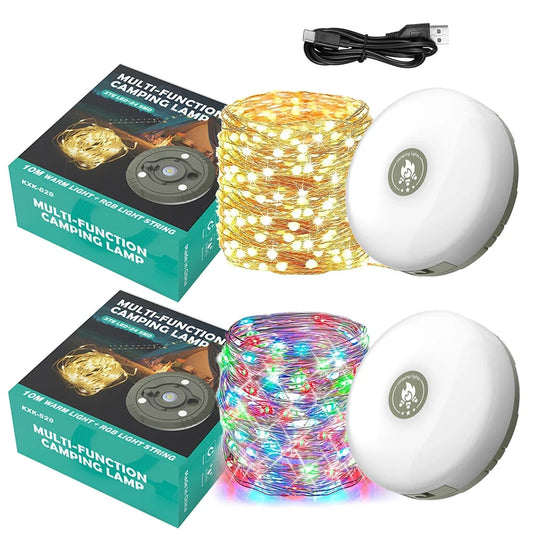

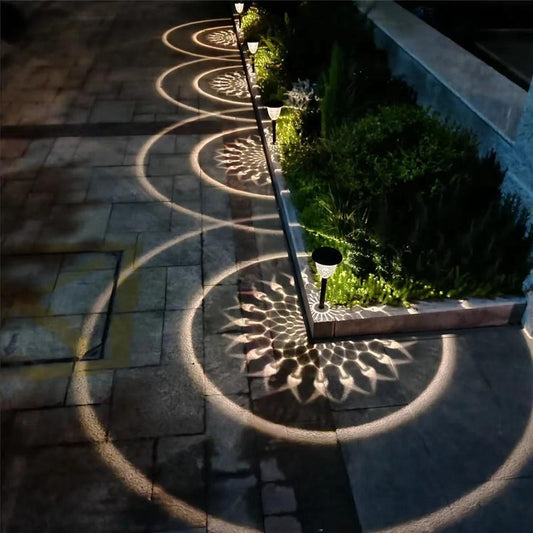

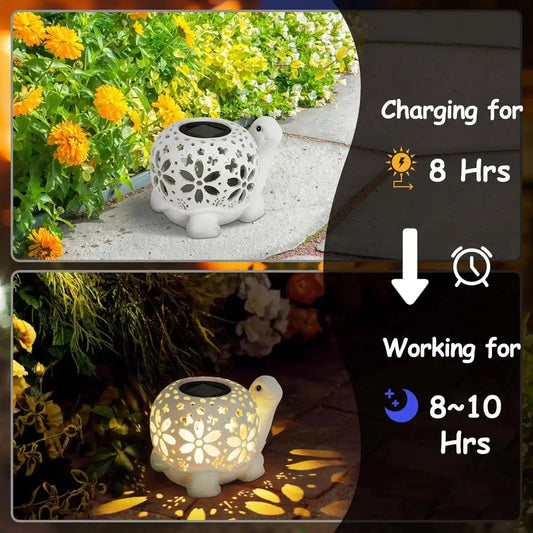

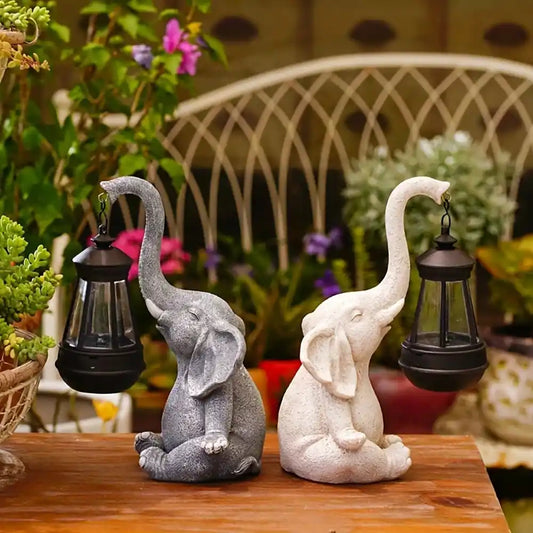

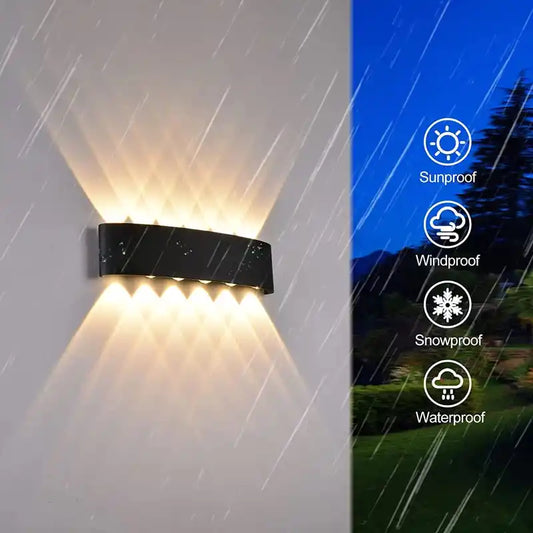

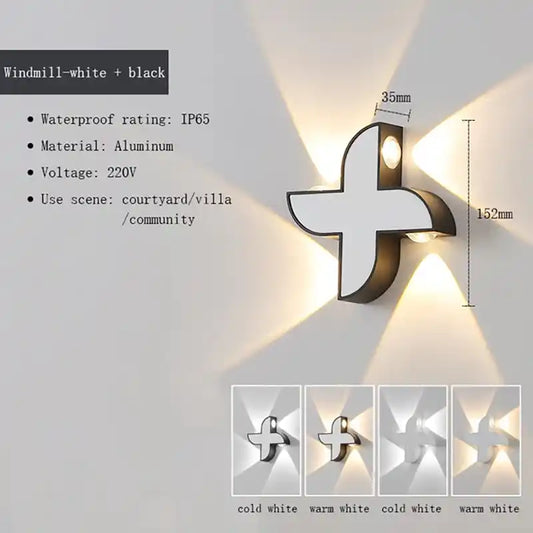

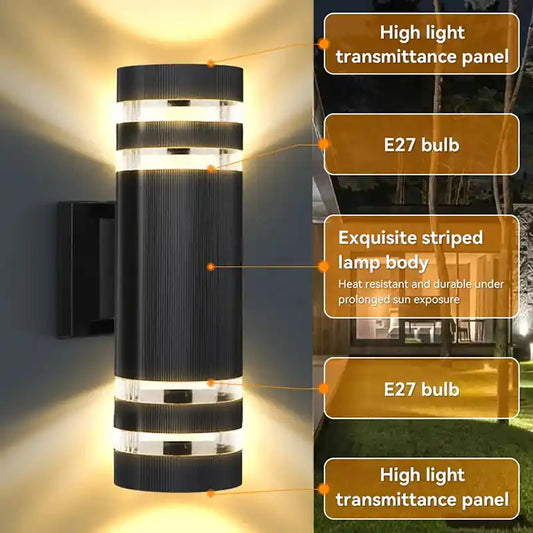





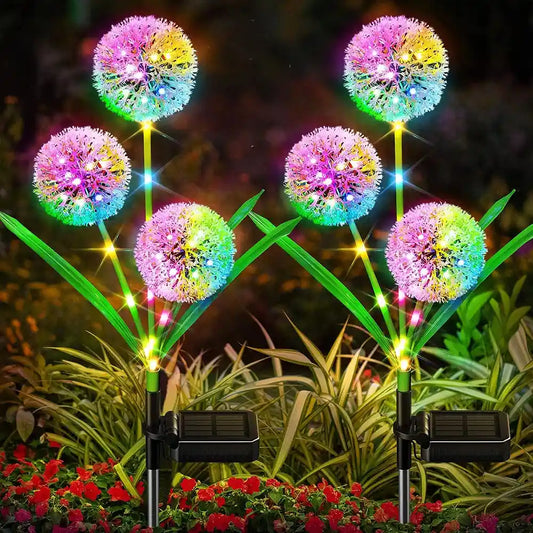



 />
/>
 />
/>
 />
/>
 />
/>
 />
/>
 />
/>